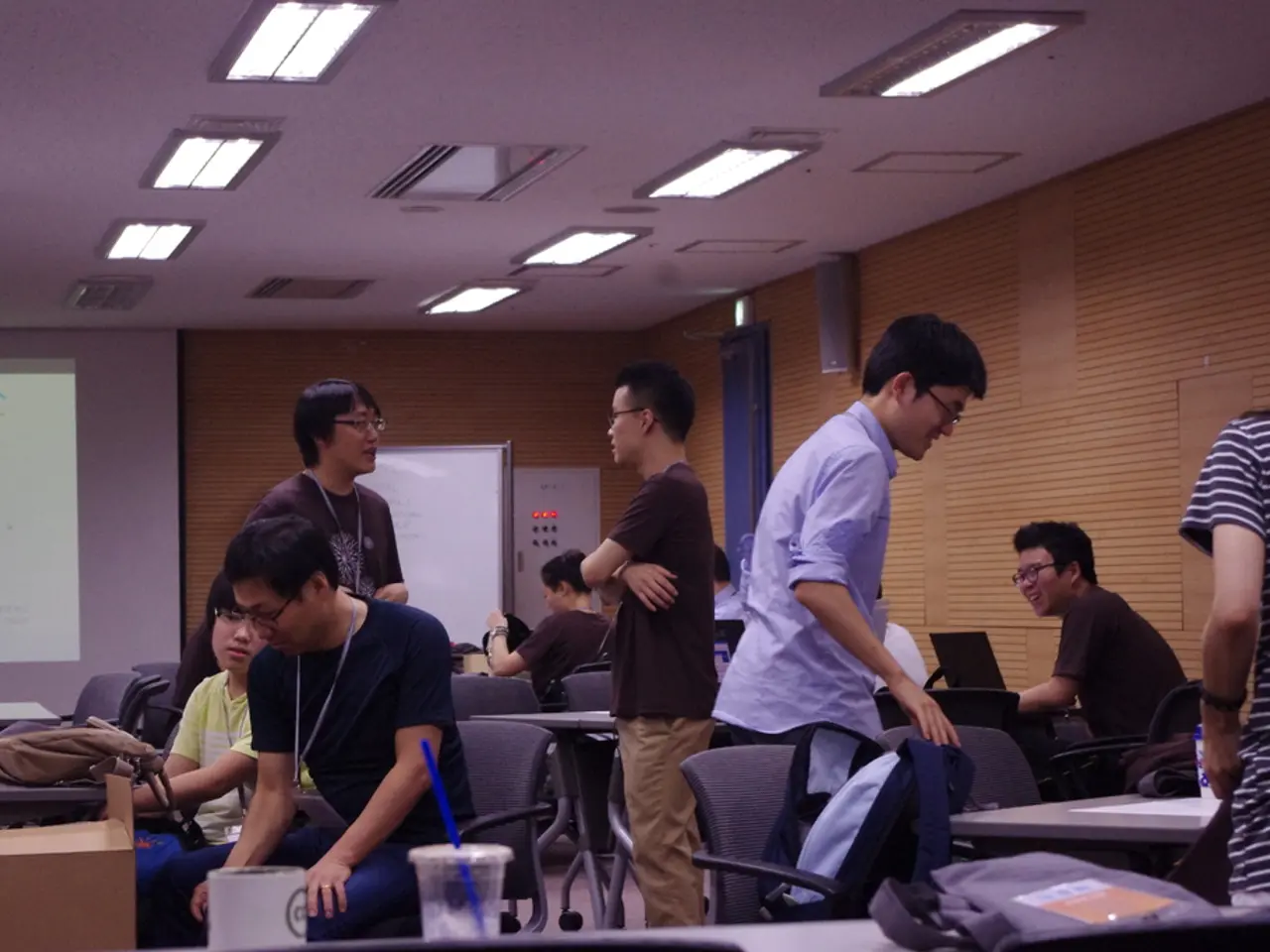Monitoring the Emotional States of Pupils in Computer Education: A Multimodal Perspective Adapted to Different Contexts
A new dissertation delves into the realm of emotion recognition and analysis, focusing on the application of hybrid and transformer-based fusion techniques in programming education. The research does not specify the types of emotions being recognized and analyzed, but it does explore the potential of these techniques to improve understanding and support of learners' emotional experiences.
The dissertation investigates transformer-based fusion approaches, such as the Spatial-Temporal Transformer with Curriculum Learning (STT-CL), which model inter-channel relations and multi-scale temporal dependencies in physiological signals like EEG. This enables precise recognition of fluctuating emotional intensities over time, a critical aspect for understanding student emotions as they engage with programming tasks.
Hybrid techniques, which combine transformer architectures with other models or fusion modules, are also under scrutiny. These methods simultaneously extract complementary emotional information from various inputs such as facial expressions, EEG, and text. By reducing noise, emphasizing relevant emotional features, and dynamically weighting those features based on context relevance, these methods improve the robustness and specificity of emotion recognition.
In the realm of emotion-cause analysis, transformers' ability to handle contextualized temporal and spatial dependencies aids in linking detected emotions to their underlying causes in the learning environment. Hybrid models can incorporate curriculum learning or expert routing to adaptively focus on salient emotional cues, refining cause attribution.
The fusion methods developed in this dissertation provide nuanced insights into learners’ affective states tied to coding challenges, errors, and feedback. This facilitates adaptive tutoring systems that respond to emotional and cognitive needs in context-specific ways. Integration with multimodal sensing and language understanding modules further supports authentic and culturally sensitive emotional engagement.
The dissertation develops a context-specific, multi-modal dataset for programming students, integrating physiological, behavioral, and self-report data. This dataset could potentially lead to the development of more effective learning systems in computing education. The aim is to inform the design of affect-aware learning systems, which are designed to adapt to students' learning needs and improve engagement and persistence in computing education.
However, the dissertation does not discuss the specific implementation of the affect-aware learning systems, the data collection process for the multi-modal dataset, or the ethical considerations of collecting and using physiological, behavioral, and self-report data from programming students.
In summary, the dissertation presents a promising approach to enhancing understanding and support of learners’ emotional experiences during programming education. By advancing both recognition accuracy and interpretability of emotion-cause relationships, these fusion techniques could lead to the development of advanced, context-aware emotion recognition systems that support more effective learning in computing education.
[1] Transformer-based fusion approaches in programming education: A case study on Spatial-Temporal Transformer with Curriculum Learning (STT-CL). [2] Hybrid fusion techniques for emotion recognition in programming education: A review of current methods and future directions. [3] The role of hybrid fusion techniques in emotion-cause analysis in programming education. [4] Integrating multimodal sensing and language understanding modules for culturally sensitive emotional engagement in programming education.
Read also:
- Lucrative Business Opportunities in Nigeria: Discover Profitable Enterprises Immediately
- Humanity's Lasting Legacy Could Potentially be Piles of Chicken Remains
- Strategies for Initiating a Korean Skincare Line in the US Market | Simplified Guide for commencing operations
- Stock Markets in Asia predominantly decline in anticipation of the upcoming Trump-Putin Summit




